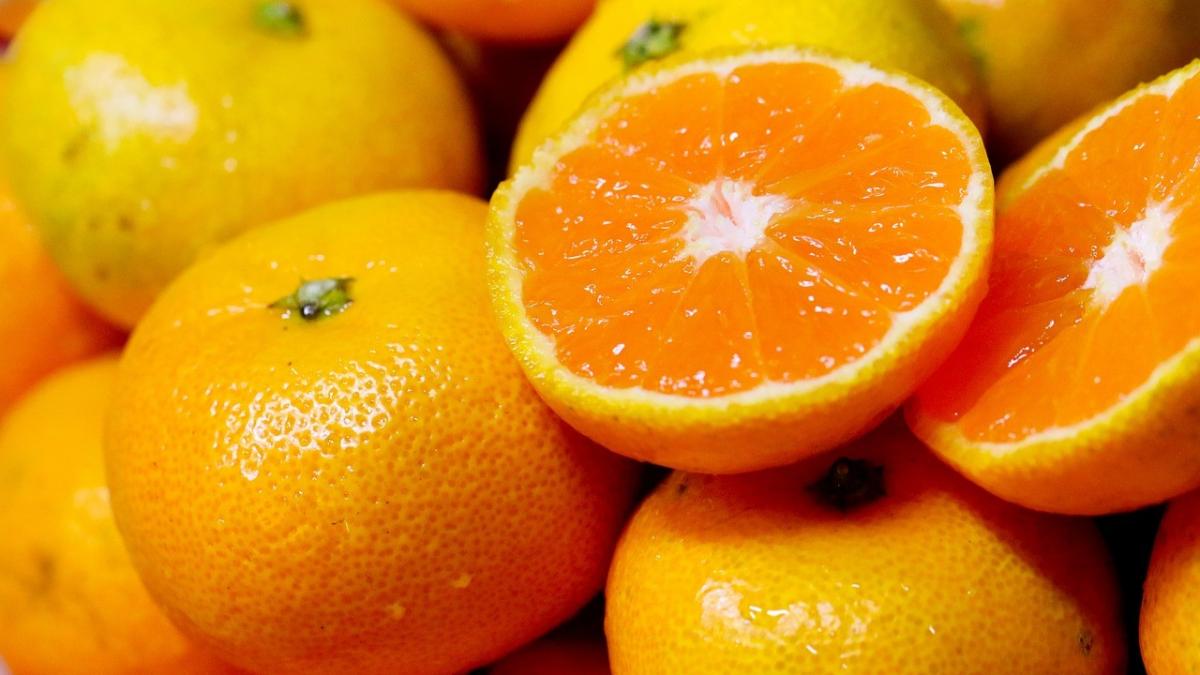You are here
Back to topSoutheast Asian Mandarin Markets Show Strong Growth Potential

According to a news report from fruit industry media outlet EastFruit, mandarin imports into the Southeast Asia region* surged during the 2023/24 season following two years of decline. In the first 11 months of the season (July 2023 to May 2024), the region’s major importing markets (excluding Vietnam) brought in approximately 440,000 metric tons of mandarins, representing an 8% increase over the previous season’s total imports. Judging from this trend, the final import volume for the 2023/24 season may fall only slightly short of the record 500,000 metric tons registered in the 2020/21 season.
Yevhen Kuzin, a fruit and vegetable market analyst at EastFruit and an international consultant for the Food and Agriculture Organization of the United Nations, was quoted as saying that the Southeast Asia region (excluding Vietnam) has the potential to import 500,000 metric tons of mandarins each season, with an additional 200,000 to 300,000 metric tons entering the Vietnamese market annually. This means that the entire region could import up to 800,000 metric tons of mandarins per season, a figure that is similar to Russia’s annual imports (820,000–960,000 metric tons) and exceeds the combined volume of the European Union and United Kingdom (720,000–770,000 metric tons) as well as that of the United States and Canada (540,000–650,000 metric tons). Unlike European and North American markets, most markets in the Southeast Asia region are expected to grow rapidly in the near future, creating significant opportunities for mandarin suppliers.
In addition to Vietnam, the major mandarin-importing countries and regions in the area include the Philippines, Indonesia, Thailand, Malaysia, Hong Kong and Singapore, all of which have been increasing their citrus import volumes since the 2018/19 season. The import growth rate in the Philippines and Thailand has averaged 3%, while other markets have seen growth rates ranging from 18% to 34%. Although Taiwan has a relatively small export volume, in some seasons it is the only net exporter of mandarins in the region.
Hajer Magdy, an international fresh produce trade consultant at the Food and Agriculture Organization, noted that China is the primary supplier of mandarins to the Southeast Asia region (excluding Vietnam), accounting for 61–68% of total imports. China can supply mandarins throughout almost the entire year, with the peak supply occurring from December to January. The main competitors to China in the Northern Hemisphere include Pakistan, Egypt and Morocco, while Southern Hemisphere countries primarily supply the fruit from July to October.
Currently, Egypt and Morocco hold only a small market share in the Southeast Asia region, mainly supplying Hong Kong, Malaysia and Singapore, with Egyptian mandarins also being exported to Indonesia and Vietnam. In the 2022/23 season, Morocco and Egypt shipped 850 metric tons and 4,000 metric tons, respectively, to Southeast Asian markets. However, in the 2023/24 season these figures slipped to 630 metric tons and 1,600 metric tons, respectively, as a result of the Red Sea crisis. Despite this, Magdy believes that the prospects for Egyptian and Moroccan mandarins in the Southeast Asia region remain very promising.
*Note: “Southeast Asia region” herein refers to the following countries and regions: Hong Kong, Indonesia, Malaysia, the Philippines, Singapore, Taiwan and Thailand, following the data collated by EastFruit. Values for Vietnam are given separately.
Image: Pixabay












Add new comment